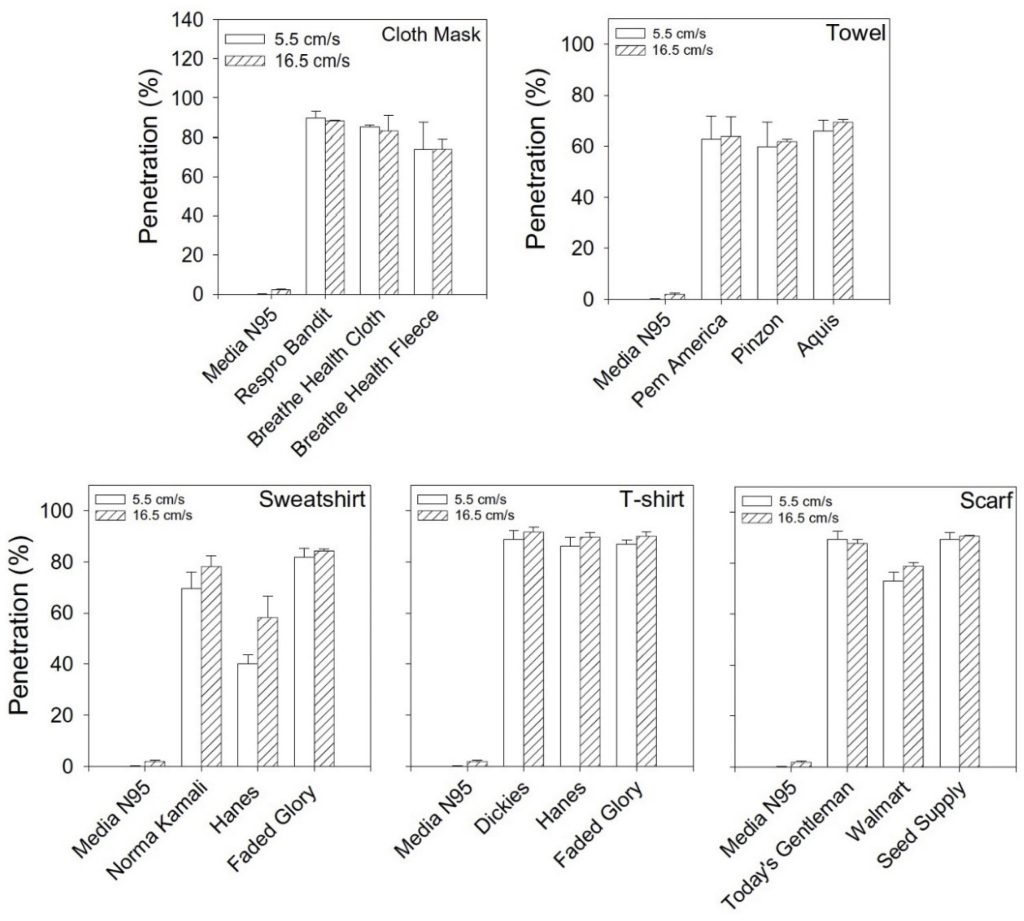LYNNWOOD, Wash., August 23, 2021 – Today, Proclamation 21-14.1 requiring facial coverings in an indoor setting for both vaccinated and non-vaccinated individuals goes into effect throughout Washington state. Violators may be found guilty of a gross misdemeanor, which carries a maximum penalty of 364 days in jail and/or fines up to $5,000.
The order, announced by Governor Jay Inslee last Thursday, comes after a rise in COVID cases and hospitalizations throughout the state. The Centers for Disease Control and Prevention (CDC) has stated that people in high transmission areas should continue to wear a mask indoors to maximize protection from the Delta strain and prevent possibly spreading it to others.
Dr. Chris Spitters, Health Officer for the Snohomish Health District, told reporters in last Tuesday’s COVID-19 briefing that the Delta strain is a “game changer” for Snohomish County and that a single delta case on average will spread to 5-8 other people when compared to 2-3 people for previous strains.
Filtration Performance of Facial Coverings
The Lynnwood Times reached out to the Snohomish Health District to inquire on the effectiveness of wearing a mask. We were provided a link to a Centers for Disease Control and Prevention (CDC) briefing on the use of cloth masks to control the spread of SARS-CoV-2.
The CDC recommends non-valved multi-layer cloth masks, to prevent the respiratory transmission of SARS-CoV-2 as masks act as a barrier to prevent or reduce respiratory droplets from reaching others. They further state that masks also help reduce inhalation of these droplets by the wearer.
However, the relative filtration effectiveness of a mask varies. For example, the CDC states that multiple layers of cloth with higher thread counts have demonstrated improved performance compared to single layers of cloth with lower thread counts.
In terms of its aerosol filtration efficiency, N95 masks outperformed all surgical masks and facial cloth coverings. The study by Samy Rengasamy, Physical Scientist at the CDC, concludes that cloth masks and other fabric materials tested have a 40–90% instantaneous penetration level against aerosols following the the National Institute for Occupational Safety and Health (NIOSH) particulate respirator test protocol at 5.5 cm s−1.

Mask Effectiveness: Size Does Matter
A nanometer is one billionth of a meter. The diameter of a SARS-CoV-2 cell is roughly 100 nanometers or 0.1 microns (one micron = one millionth of a meter). The diameter of a human hair ranges from 17 to 180 microns or 17,000 to 180,000 nanometers.

Respiratory droplets generated by coughing, sneezing, laughing, talking, or breathing have diameters ranging from 0.6 to more than 1000 microns, according to Nikolaos Stilianakis with the Joint Research Centre, European Commission. Stilianakis considers respirable droplets as those that remain airborne for long periods of time and have a diameter of less than 10 microns; whereas inspirable droplets are larger ranging in size of 10 to 100 microns that quickly drop towards the ground.
Pre- or asymptomatic individuals exhale fine droplets or particles called aerosols (respirable droplets) and they typically do not cough or sneeze. The CDC states that face coverings effectively block most large droplets of a least 20 microns in size. Some studies show that face coverings of multiple layers of cloth with high thread counts reduce the transmission of respirable droplets of less than 1 micron as much as 50%. However, the CDC fails to mention how frequently the effectiveness of less than 1 micron occurs in studies.

According to Occupational Safety and Health Administration (OSHA) an N95 respirator is effective in protecting individuals from SARS-CoV-2. An N95 filter removes at least 95% of particles 0.3 microns or larger. If worn correctly, N95 respirators were found to have a superior filtration efficiency when compared to Dust and Mist (DM), and Dust, Fume and Mist (DFM) respirators, and noncertified surgical masks.
Understand that although the virus that causes COVID-19 is 0.1 micron in size, which is far smaller than the aerosol filtration efficiencies of either the N95 and surgical masks, and cloth face coverings, SARS-CoV-2 usually bonds with respiratory droplets ranging from 0.6 to 100 microns in size. This is well within the aerosol filtration efficiency of an N95 mask.
Facial coverings are not perfect but according to the CDC, these are one of a combination of measures, including physical distancing, hand washing, sufficient ventilation, and the avoidance of crowds and gatherings, that can reduce transmission of SARS-CoV-2.
Author: Mario Lotmore










One Response